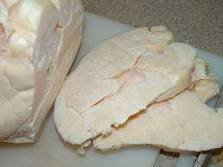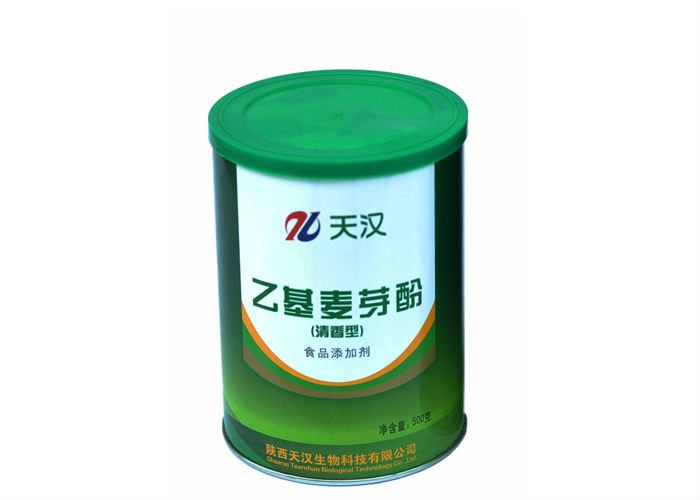Hi there, Dana from Magic Moon SoapWorks again.
This is Part 2 of my series on bathing all-natural vs with the commercially manufactured soaps. This particular brand that I'm reviewing today is recommended more than a million times daily by dermatologists throughout the USA. I've blurred the label - but you get the idea. I'm sure if you've gone to the doctor lately for your skin conditions - he or she has probably recommended this one to you.
I've tried it personally and ran right back to the shower and bathed with my Magic Moon bar. why? I did attempt to dry off, get dressed and ignore how sticky I felt. I didn't feel moisturized, loved or taken care of. I felt itchy and dry but with a layer of goo between me and my clothes. Couldn't wait to get to the shower and be loved once again by all-natural ingredients.
So- with no further a due - I present to you the Ingredients List of this very famous, commercially manufactured bar.
(I know that this is some really DRY reading - but bare with me here! You really need to know this stuff. In Italics is the research and definitions and then beside it is the Straight Talk answer and my snarky comment. I got the ingredients list directly off their website and then did the research of each ingredient that took 2 or more tries to even pronounce.)
Ingredients:
Sodium Lauroyl Isethionate- a detergent, wetting agent, and emulsifier. Sodium Lauroyl Isethionate
is sodium salt of the lauric acid ester of isethionic acid. What the hell? What does all that mean? Deemed safe and non-toxic – still a chemical detergent and softening agent.
Stearic Acid - It occurs in many animal and vegetable
fats and oils. Oh goodie - a natural occurring ingredient - byproduct of the fats used to make soap. This one they don't actually strip out because it is a surfactant and softening agent.
Used in commercially manufactured bath and grooming products as a surfactant
and softening agent.
Sodium Tallowate – Rendered Beef Fat to get straight to the point. This is it’s job in detergent bars for
bathing= Surfactant - Cleansing Agent; Surfactant - Foam Booster; Viscosity
Increasing Agent. OK- a natural
ingredient – I’ll give it that. But it’s
an inexpensive animal fat and is only as good as what the animal was fed or
given while alive. There is no
information available as to where the beef fat comes from- but presumably the
slaughter houses. Are there growth hormones
in that fat? Who knows? I couldn’t find out any information. You be the judge.
Lauric Acid - a naturally occurring component of triglycerides,
comprises about half of the fatty acid content in coconut oil. Cool!
A natural ingredient. Thought to have antimicrobial properties,
non-toxic, skin-safe, inexpensive and increases shelf life.
Sodium Isethionate – according to sci-toys.com,
Sodium isethionate is an amphoteric detergent used in detergent bar soaps. Huh? Explanation= It
makes a dense lather in addition to the lather made by the soap. Derived from Coconut Oil - it is mild on
the skin, and non-drying. Yay! A non-drying component.
Water -
groovy- we can pronounce that one!
Sodium Stearate – a naturally occurring compound when
beef tallow is mixed with Sodium Hydroxide (Lye) to make common soap. It’s a mild, non-drying surfactant that helps
the lather mix with water to get the grime of your skin. OK- so this compound
exists in an animal or vegetable form according to the fats and oils used in a
soap formula.
Cocamidopropyl Betaine - according to ewg.org -
Antistatic Agent; Hair Conditioning Agent; Skin-Conditioning Agent. Here’s the kicker! Cocamidopropyl
betaine is a synthetic surfactant; it has been associated with irritation and
allergic contact dermatitis, reactions that could be due to the ingredient
itself or to impurities present in it, such as 3-dimethylaminopropylamine. Then, why put it in there? More info: read the whole page - I found this jewel while attempting to find a picture for you: http://www.useful-chemicals.com/?p=37 (especially part #3 - hazards warning)YIKES!
Sodium Chloride – salt! Basically this is a naturally occurring drying
agent for the bar. It literally
separates the soap from the water on it.
If it’s in the bar – doesn’t it then get deposited onto your skin – thus
separating you from your moisture? Just
my thought!
Tetrasodium EDTA -
according to BubbleandBee.com
as one of the Top Five chemicals to avoid at all costs! This is what they had to say about it: “3. Tetrasodium EDTA
is a preservative that’s made from the known carcinogen, formaldehyde and
sodium cyanide. It is also a penetration
enhancer, meaning it breaks down the skin's protective barrier, going right
into your bloodstream. Many companies trying to be "natural" will use
Tetrasodium EDTA instead of parabens to preserve their products. In my opinion,
Tetrasodium EDTA is just as bad.”
Tetrasodium Etidronate - Tetrasodium etidronate is
used as a water softener in soaps to prevent soap scum from attaching to your skin and tub. Had to dig around for this one because the
above Tetrasodium EDTA kept coming up in the window as being synonymous.
Scary huh?
Maltol – is a naturally occurring organic compound
that is used primarily as a flavor and fragrance enhancer. Great – another natural ingredient – but why
put it in there for fragrance – if the product is supposed to be ‘fragrance-free’? I don’t have a clue.
Titanium Dioxide (CI 77891) - also known as titanium(IV) oxide or titania, is the naturally occurring oxide
of titanium, chemical formula TiO2. When
used as a pigment, it is called titanium
white, Pigment White 6. Used mostly in food applications as a white
food dye. Ah-hah – so it has a dye. Yet something else that our most sensitive of
skins could react to. Again, why put it
in?
Yikes- after all that - I feel like jumping in the shower again and getting that stuff off quick! Wait - whew! I didn't use that bar. Thank the heavens!
Stay tuned for Part 3 - where I tell you everything that goes into our Magic Moon "Not So Plain Jane" Unscented All-Natural Goat's Milk soap bar.












No comments:
Post a Comment